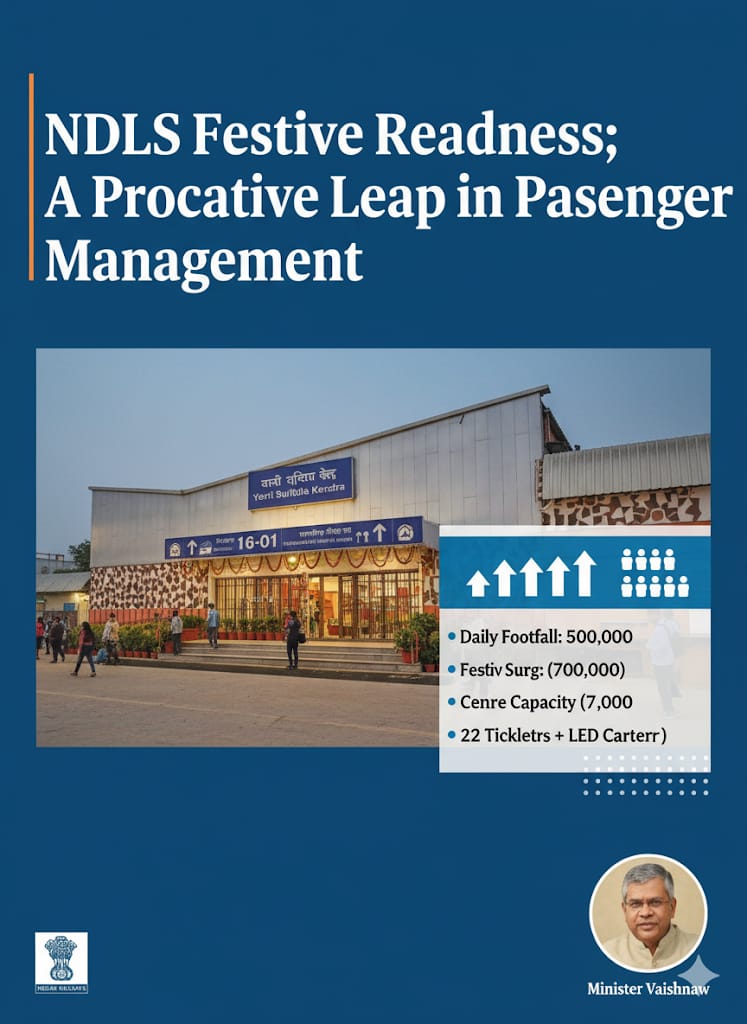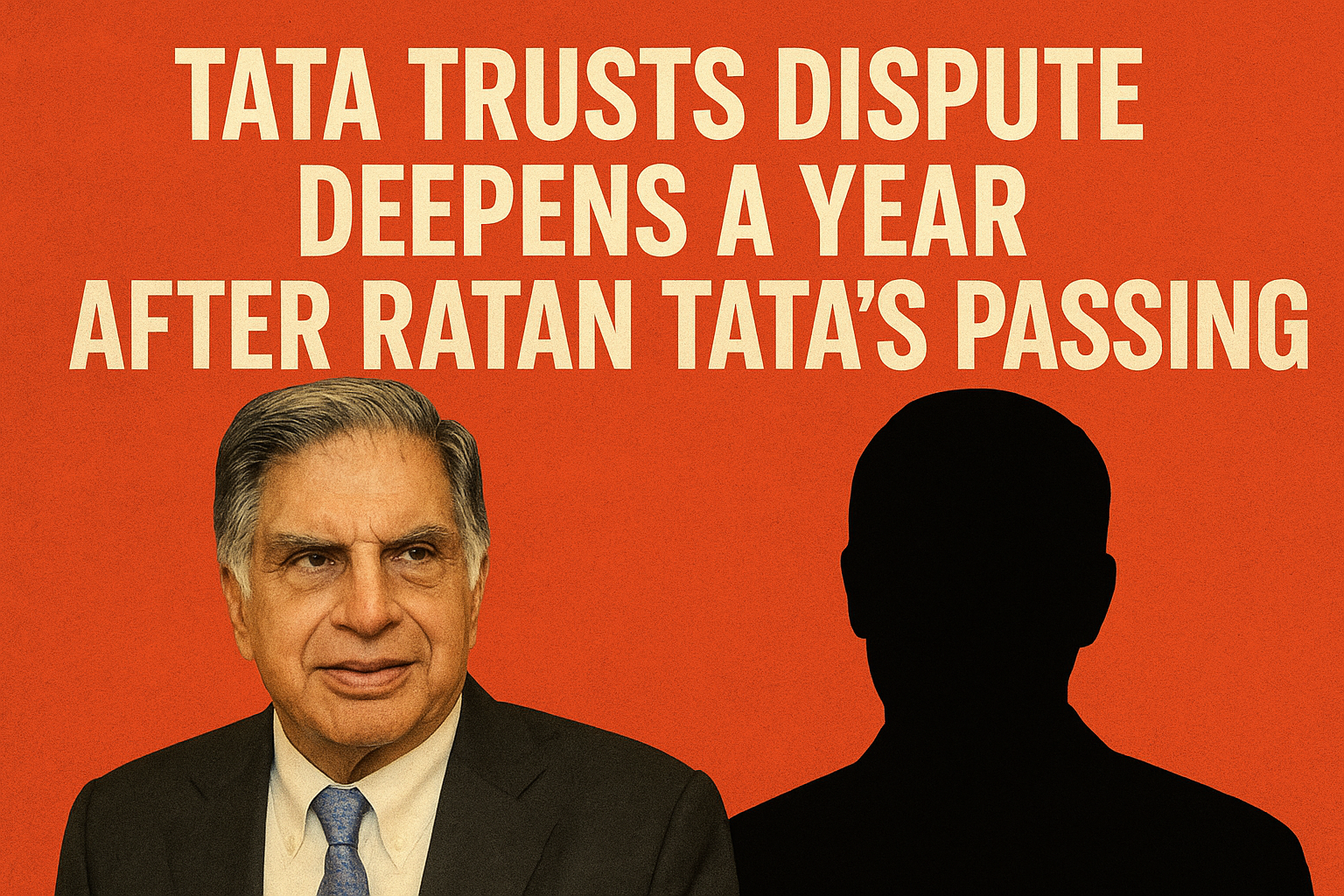
If you’ve heard the recent buzz about a massive asteroid heading toward Earth, you’re not alone. Just last week, asteroid 2024 YR4 had scientists and space enthusiasts on edge as its chances of striking Earth were estimated at an alarming 3.1% by NASA and 2.8% by the European Space Agency (ESA). However, after additional observations, the probability of a collision has now dropped to a mere 0.001%—essentially ruling out the possibility of a catastrophic impact. But what exactly is this asteroid, and why did the risk level drop so dramatically? Let’s dive into the details.
What is Asteroid 2024 YR4?
Asteroid 2024 YR4 was discovered in December 2023 and is estimated to be between 40 to 90 meters wide—roughly the size of a football field. If an asteroid of this size were to collide with Earth, it could potentially devastate an entire city, releasing energy equivalent to several megatons of TNT. The initial calculations suggested that this space rock could crash into Earth on December 22, 2032, sparking widespread concern.
However, as more telescopes focused on the asteroid, scientists were able to refine its trajectory. The improved data revealed that the asteroid will pass safely by Earth, with no risk of impact. This is a common process in asteroid tracking: initial observations often carry uncertainty, but as more data is collected, the predictions become more accurate.
Why Did the Risk Level Drop?
When 2024 YR4 was first discovered, its trajectory had a degree of uncertainty. Early calculations suggested a small but real chance of impact, which placed it at level 3 on the Torino Impact Hazard Scale—a rating high enough to warrant attention from planetary defense experts. The Torino Scale, which ranges from 0 (no hazard) to 10 (certain collision with global consequences), is used to assess the threat posed by near-Earth objects.
As astronomers around the world trained their telescopes on the asteroid, they gathered more precise data about its speed, distance, and path. This additional information allowed scientists to rule out the possibility of a collision, downgrading the asteroid’s risk level to 0 on the Torino Scale. This dramatic shift highlights the importance of continuous observation and international collaboration in tracking near-Earth objects.
Can Earth Defend Itself Against Asteroids?
Even if the worst-case scenario had remained, Earth is no longer defenseless. In 2022, NASA made history with its DART (Double Asteroid Redirection Test) mission. The goal of DART was to test whether a spacecraft could alter the trajectory of an asteroid by crashing into it. The target was Dimorphos, a small moonlet orbiting the asteroid Didymos.
The mission was a resounding success. The impact changed Dimorphos’ orbit, proving that humanity now has the capability to deflect potentially hazardous asteroids. This groundbreaking achievement marked a major milestone in planetary defense and demonstrated that, with enough warning, we could protect Earth from a catastrophic impact.
What’s Next for Asteroid 2024 YR4?
While the risk of impact has been ruled out, scientists will continue to monitor 2024 YR4. The James Webb Space Telescope is scheduled to observe the asteroid in the coming months, providing valuable data about its composition, size, and movement. This information will not only help refine our understanding of this particular asteroid but also improve our ability to predict the paths of other near-Earth objects in the future.
Additionally, ongoing missions like ESA’s Hera—a follow-up to NASA’s DART—will further enhance our planetary defense capabilities. Hera is set to study the aftermath of the DART impact and gather detailed data about the asteroid’s physical properties, helping scientists refine deflection techniques.
Should We Be Worried?
The short answer: No. While it’s natural to feel a sense of unease when hearing about asteroids passing close to Earth, the reality is that space agencies around the world are constantly scanning the skies and improving their tracking systems. Asteroid 2024 YR4 is just one example of how science and technology allow us to stay one step ahead of potential threats.
This isn’t the first time an asteroid has caused a brief scare. In 2004, asteroid Apophis made headlines when early calculations suggested a 2.7% chance of impact in 2029. Further observations later ruled out the risk, much like we’re seeing now with 2024 YR4. These incidents serve as reminders of the importance of continued investment in asteroid detection and planetary defense.
Why Asteroid Tracking Matters?
Asteroids like 2024 YR4 are part of a larger population of near-Earth objects (NEOs) that orbit the Sun and occasionally come close to our planet. While most are harmless, some have the potential to cause significant damage. The Chelyabinsk meteor, which exploded over Russia in 2013, was only 20 meters wide but caused widespread damage and injured over 1,000 people. Larger asteroids, like the one believed to have caused the extinction of the dinosaurs, could have catastrophic global consequences.
This is why organizations like NASA, ESA, and others are committed to tracking NEOs and developing technologies to mitigate potential threats. Programs like NASA’s Planetary Defense Coordination Office (PDCO) and ESA’s Space Safety Programme are dedicated to identifying, tracking, and characterizing near-Earth objects, ensuring that we’re prepared for any future risks.
Final Thoughts
The initial panic about asteroid 2024 YR4 shows just how much people care about the safety of our planet. But thanks to continuous advancements in space observation, planetary defense, and international cooperation, we can confidently say that Earth is safe from this particular asteroid.
While the idea of an asteroid impact can be unsettling, it’s important to remember that scientists are working tirelessly to protect our planet. Missions like DART and Hera, along with cutting-edge telescopes like James Webb, are equipping us with the tools we need to detect and deflect potential threats.
So, for now, we can look up at the stars and enjoy the wonders of space without fear. The story of 2024 YR4 is a testament to human ingenuity and our ability to turn uncertainty into knowledge—and, ultimately, into safety.




.jpeg)

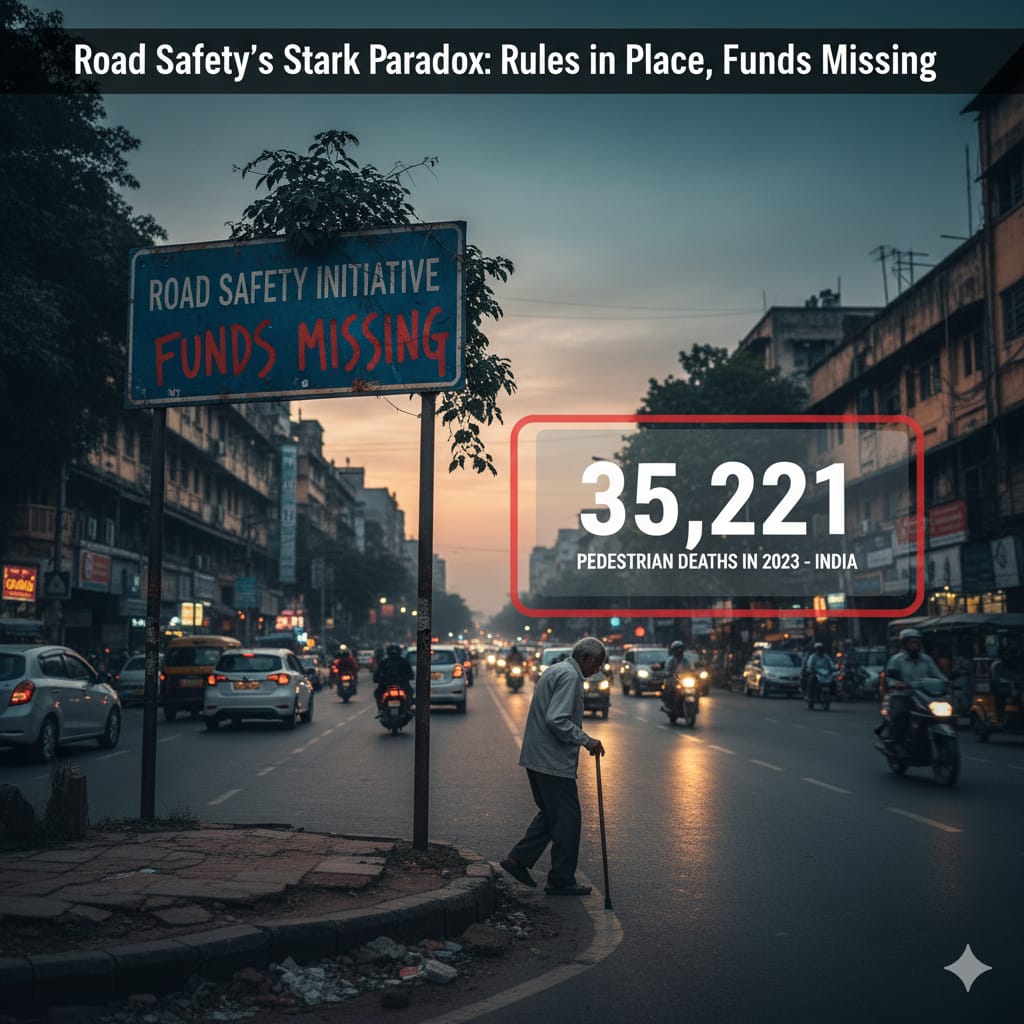
.jpeg)

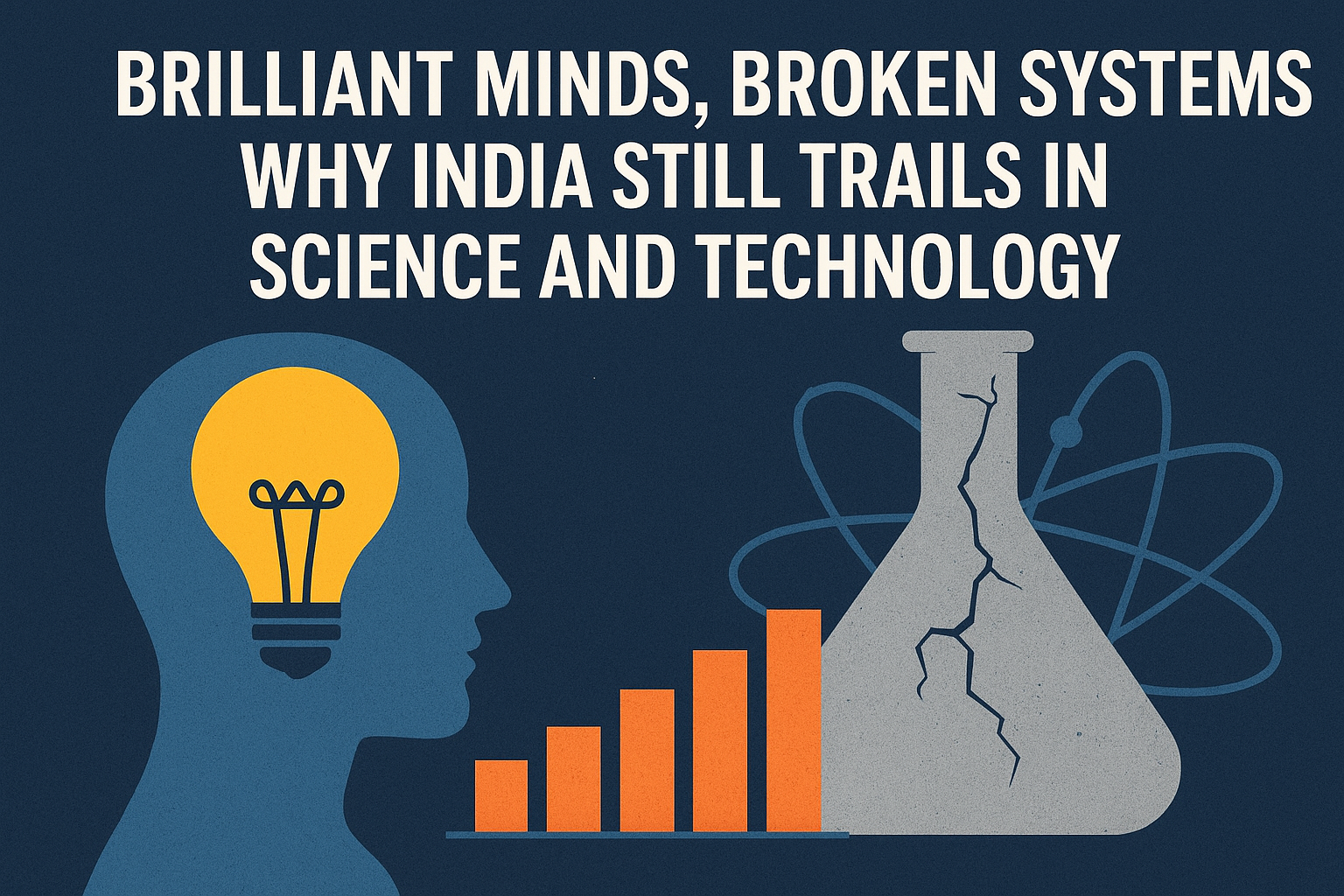

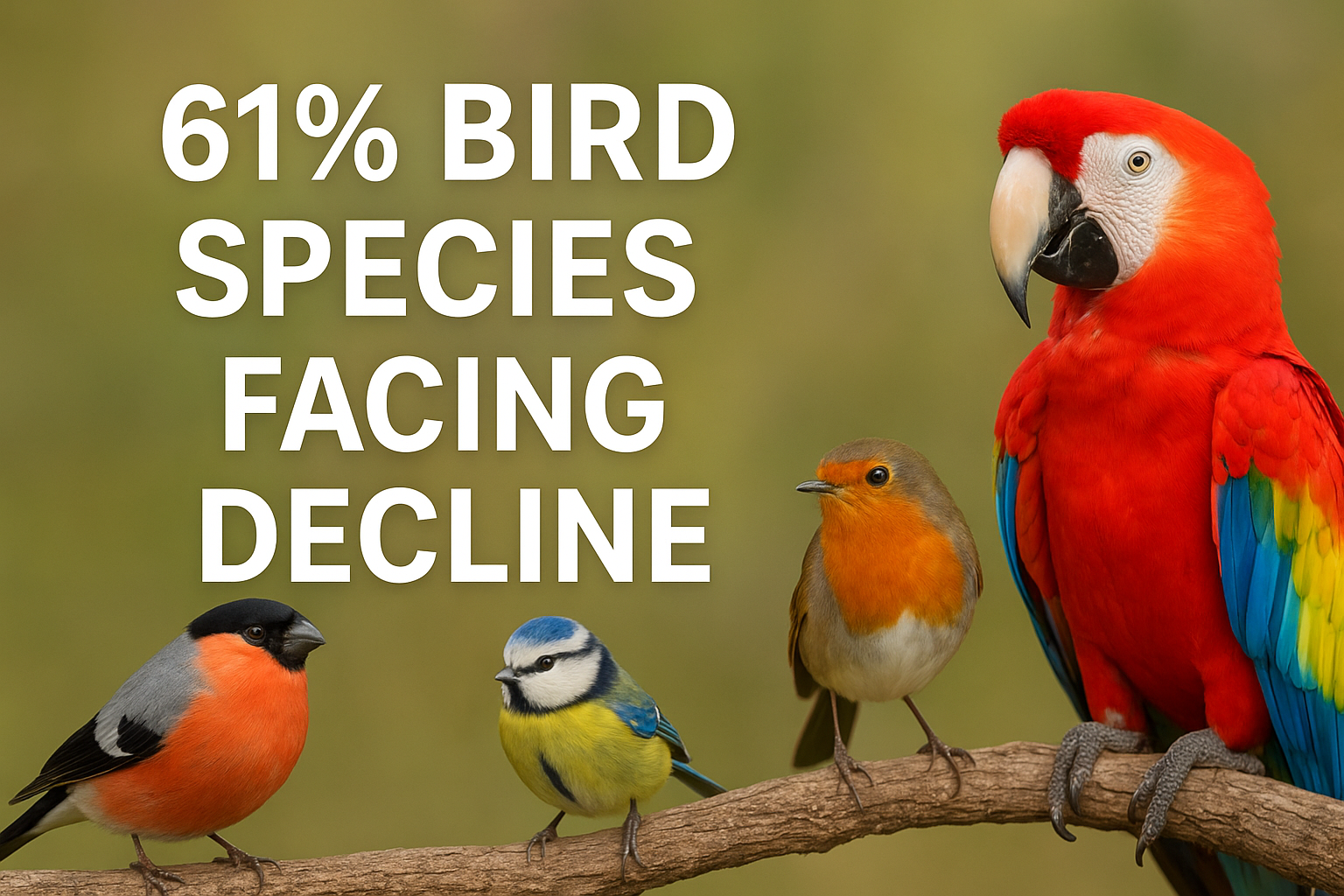
.jpeg)
